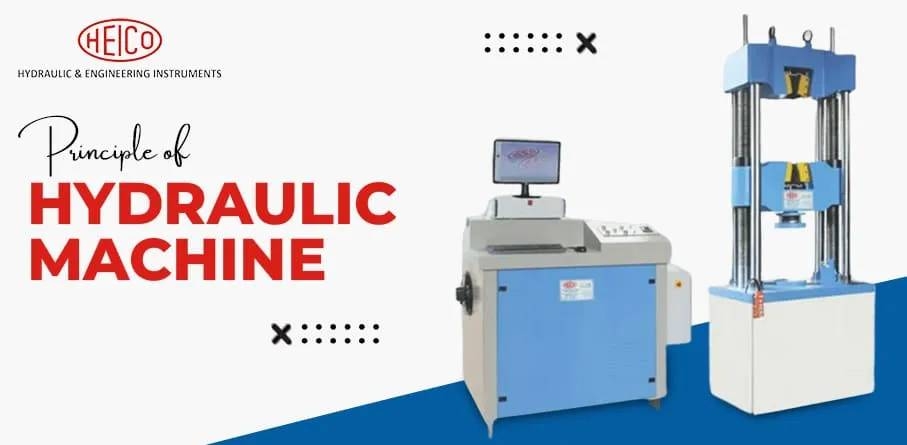Understanding the Basic Principle of Hydraulic Machines

Hydraulic machines are widely used in various industries for their efficiency and ability to perform heavy lifting, pushing, and pulling tasks. These machines utilize the principle of fluid mechanics, specifically hydraulic pressure, to transfer force and perform work. In this article, we will delve into the basic principle of hydraulic machines and understand how they operate, their applications, and advantages.
What is the Principle of Hydraulic Machines?
At the core of hydraulic machines is the Pascal’s Law, which states that when a confined fluid is subjected to pressure, the pressure is transmitted equally and undiminished in all directions. Hydraulic machines use this principle to amplify force. Essentially, a small force applied at one point can be transmitted through hydraulic fluid to create a much larger force at another point. This force is then used to perform mechanical tasks such as lifting, pushing, or turning objects.
Key Components of Hydraulic Machines
Hydraulic machines are composed of several important components:
-
Hydraulic Fluid: The fluid (often oil) is essential for transmitting power. It is pumped into the system, where its pressure is controlled.
-
Pump: The pump drives the hydraulic fluid into the system, increasing its pressure.
-
Hydraulic Cylinder: The cylinder is the primary actuator that converts hydraulic pressure into linear motion.
-
Valve: The valve controls the direction and flow of the hydraulic fluid, allowing precise movements of the machine.
-
Reservoir: The reservoir holds the hydraulic fluid, ensuring the system remains fully stocked.
How Hydraulic Machines Operate
The operation of hydraulic machines begins when the pump pushes hydraulic fluid through the system. The fluid travels to the hydraulic cylinder, where it creates pressure on the piston inside. According to Pascal’s Law, the pressure is applied uniformly across the fluid, pushing the piston in the cylinder and generating movement.
The valve plays a crucial role in controlling the fluid flow, allowing operators to dictate the direction and speed of the machine’s movement. For example, in a hydraulic lift, the valve ensures that the fluid flows into the lift cylinder to raise or lower the load.
Applications of Hydraulic Machines
Hydraulic machines are commonly used in industries where heavy lifting and precise movements are required. Some of the key applications include:
-
Construction Equipment: Hydraulic machines such as excavators and cranes rely on hydraulic power for digging, lifting, and moving heavy materials.
-
Automotive Industry: Hydraulic machines are used in car repair, such as hydraulic jacks and lifts for lifting vehicles.
-
Manufacturing: Hydraulic presses are used for shaping and molding materials in manufacturing processes.
Advantages of Hydraulic Machines
-
High Efficiency: Hydraulic systems can generate significant force with relatively compact machinery.
-
Precision: The use of valves ensures that movements can be controlled with high accuracy.
-
Powerful: Hydraulic machines are capable of handling heavy loads, making them ideal for industrial applications.
Conclusion
The principle of hydraulic machines revolves around using fluid pressure to transfer force and perform various mechanical tasks. With their ability to efficiently manage heavy loads and perform precise movements, hydraulic machines have become integral to industries like construction, automotive, and manufacturing. Heicoin Understanding how these systems work and their key components can help in selecting the right machine for specific applications, ensuring optimal performance and productivity.
- Questions and Answers
- Opinion
- Motivational and Inspiring Story
- Technology
- Live and Let live
- Focus
- Geopolitics
- Military-Arms/Equipment
- Ασφάλεια
- Economy
- Beasts of Nations
- Machine Tools-The “Mother Industry”
- Art
- Causes
- Crafts
- Dance
- Drinks
- Film/Movie
- Fitness
- Food
- Παιχνίδια
- Gardening
- Health
- Κεντρική Σελίδα
- Literature
- Music
- Networking
- άλλο
- Party
- Religion
- Shopping
- Sports
- Theater
- Health and Wellness
- News
- Culture

